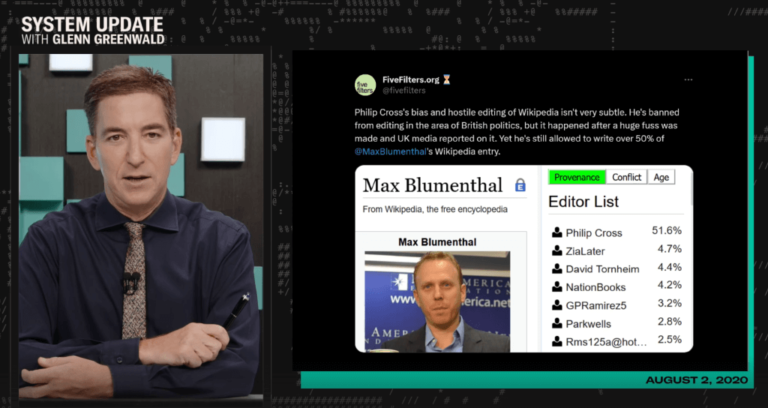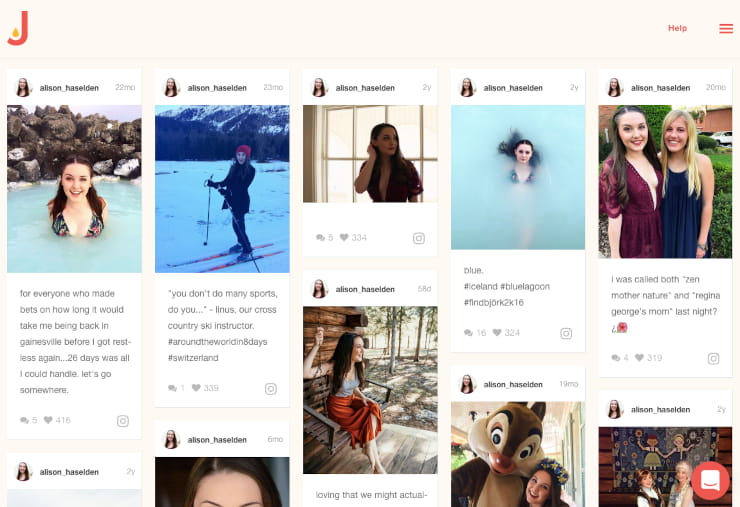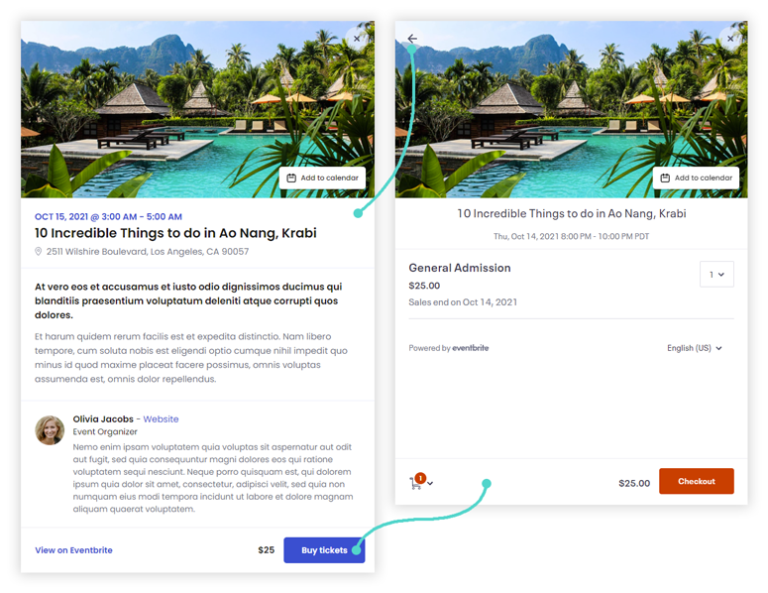
You want people to find you based on your knowledge and service. Relying on your website as the only channel for that can drain your resources because website SEO takes a lot of time and effort.
Instead, you could focus on your personal SEO potential and build it with LinkedIn. In many cases, it’s much more effective and much less expensive. Intrigued? Let’s discuss this often-overlooked strategy.
What is Personal SEO Potential?
Personal SEO potential refers to an individual’s capacity to optimize their online presence and digital content to rank higher in search engine results.
Why Use LinkedIn For Personal SEO?
Publishing content on LinkedIn regularly is the best way to grow your SEO potential for the following reasons:
1. LinkedIn Authorship Boosts EEAT
EEAT stands for Experience, Expertise, Authoritativeness, and Trustworthiness. It’s part of Google’s latest guidelines, prioritizing helpful content from credible and authoritative sources.
When you write and share content on LinkedIn, you’re building your online reputation and growing your credibility in line with the EEAT guidelines. Google rewards this, so you’re likely to see an uptick in your website’s visibility in organic search results.
2. It Helps You Get Branded Mentions
Other websites can include your LinkedIn posts in their blog posts. When this happens, they’ll likely mention and link to your website. This can help you secure backlinks from high-authority websites and grow your brand visibility organically.
Backlinks signal to Google that your brand and content are valuable and authoritative, leading to better website rankings.
3. LinkedIn Can Drive Traffic to Your Website
By linking your LinkedIn content to your website, you’ll start to drive traffic between the two platforms. Visitors who discover your content on LinkedIn will be more inclined to visit your website for more information on your services or to get in touch.
People who get a sneak peek of your LinkedIn content on your website will want to see what you’re posting. This simple but effective cross-promotion can boost your LinkedIn and website’s SEO performance and search visibility.
4. It Builds Trust
Another reason to display your LinkedIn content on your website is that it helps build trust with your audience. It gives more background to what you ”claim” on your website because visitors can easily see your professional credentials, endorsements, and the quality of your LinkedIn posts.
That kind of transparency builds trust and positions you as an authority in your field and someone open about their work and industry opinions.
How to Build Your Personal SEO Potential
Now that you know why LinkedIn matters for personal SEO, let’s talk about optimizing your personal SEO potential using LinkedIn.
1. Know Your Keywords
Keywords are specific words or phrases that users enter into search engines when looking for information, products, or services.
For example, someone looking for a way to display social posts on their website might search for “social media aggregator.” When you know what keywords your target audience is searching for, you can tailor your content around that to make it easier to find.
You can use SEO tools like Seobility and Keyword.com to research potential keywords for your website and LinkedIn strategy.
2. Create a Content Strategy With a Purpose
You won’t just post for the sake of posting. In many ways, LinkedIn isn’t a volume game per se. Pushing out many generic, AI-generated articles will have the opposite effect of what you want. In that sense, it works like posting blogs on your regular website.
Instead, create a strategy for sharing valuable content related to your keywords. Don’t limit yourself to posts and articles. Search for other people who post around your keywords and interact with them. This will improve your visibility, especially if you share a similar audience.
3. Optimize Your LinkedIn Profile
Optimized profiles rank higher in LinkedIn searches, increasing visibility to relevant audiences. Here’s how to go about it:
- Use a high-quality, professional headshot.
- Include keywords relevant to your industry in your headline and bio.
- Create a custom LinkedIn URL (e.g., linkedin.com/in/yourname) to make your profile easier to share and more professional.
- To showcase your work, add multimedia elements such as videos, presentations, and portfolios. You can also link to your website.
4. Don’t Forget the Data
Keep an eye on your engagement rates, follower growth, and click-through rates. This data can help you refine your content strategy and identify what’s working and what’s not. Also, check if your LinkedIn efforts affect your website’s traffic.
Common Misconceptions About LinkedIn Authorship and SEO
Still skeptical? We hear you. A lot is changing in the world of SEO and LinkedIn, so we’re here to address the most common misunderstandings about authorship in SEO.
Misconception 1: LinkedIn Authorship is Only For Influencers
Many people cringe at the idea of becoming too active on LinkedIn. Before you know it, you’re posting about what your wedding proposal taught you about B2B sales.
But it doesn’t have to be that way. You also don’t need a massive following to benefit from LinkedIn’s SEO benefits. In reality, any professional can benefit from establishing a strong LinkedIn presence. Authorship helps build credibility and authority, regardless of your audience size.
Misconception 2: Embedding LinkedIn feeds doesn’t affect SEO
Some people think embedding a LinkedIn feed on a website does not impact SEO. And if you don’t go about it right, that could be true. However, using Juicer’s LinkedIn plugin to embed content on your website can impact your SEO by providing fresh, relevant content that Google can index.
Learn more: How Juicer’s social media tools can boost your website SEO
Misconception 3: Google Prefers Website Content
There is a belief that Google only values content published directly on your website. But that’s not the case. Google recognizes and prioritizes high-quality content from authoritative third-party sites, and LinkedIn is one of them.
Building your website from scratch means it will take a while for Google to understand what it’s all about. Do this alongside your LinkedIn efforts, but start getting quick wins where possible.
Embed LinkedIn Into Your Website For More Benefits
Creating LinkedIn content is only one piece of the puzzle. To get more out of your efforts, consider embedding your LinkedIn posts into your websites. That way, you can engage website visitors with interesting and authoritative insights while serving search engines with free content that improves SEO.
Ready to enhance your personal brand and website SEO? Check out Juicer’s pricing plans and see how our platform can support your digital marketing strategy.





